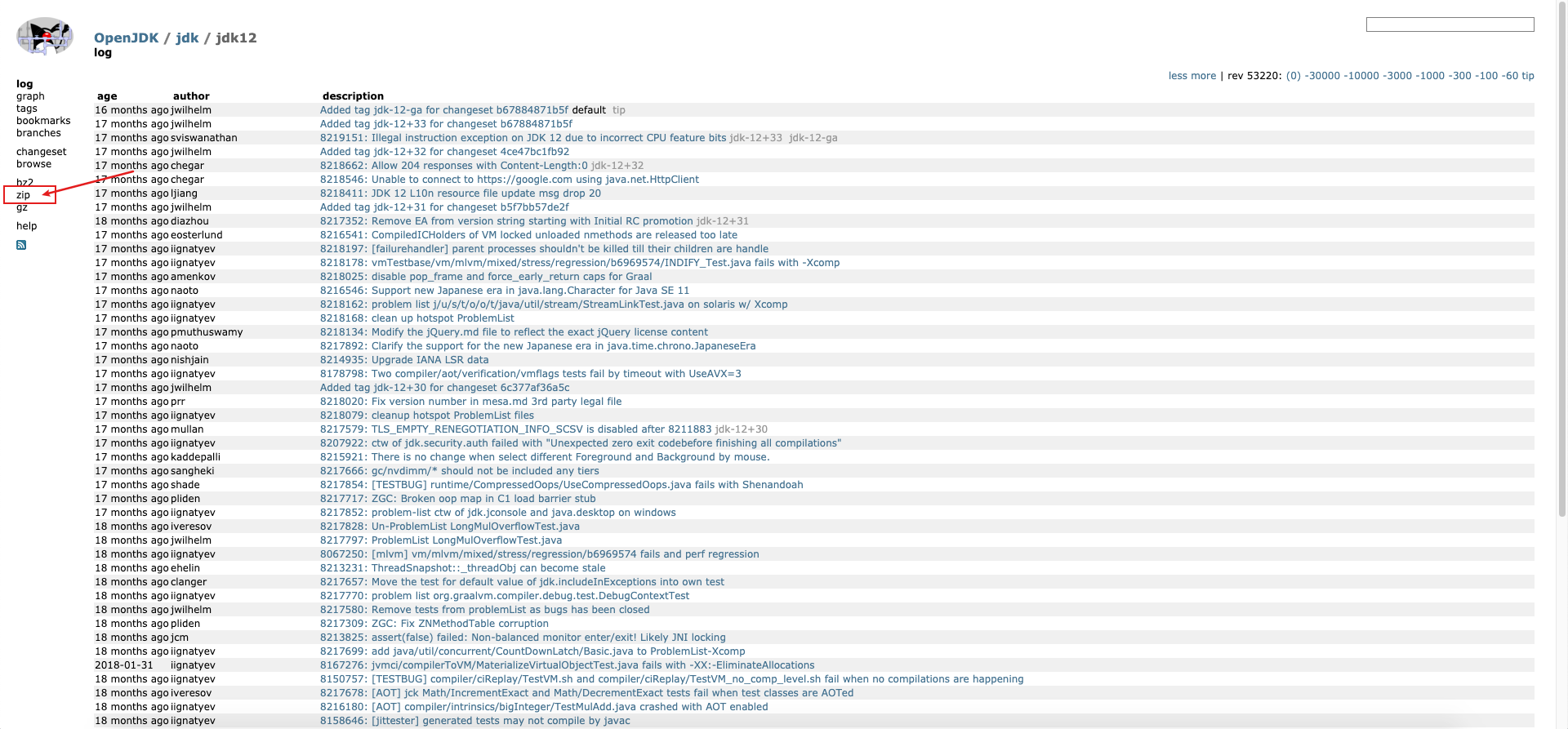
- #Brew install openjdk 11 update#
- #Brew install openjdk 11 upgrade#
- #Brew install openjdk 11 download#
If you're not using Ubuntu, open your terminal. When I say that, I mean "type the command into the terminal and press the Return key." If you have never used the terminal before, you may want to spend some time reading up on command-line basics.įor the rest of this setup, I will tell you to run commands in your terminal. You can also open a terminal at any time by pressing CTRL-ALT-T. In Ubuntu you can open it by clicking "Dash Home" and typing Terminal. This is a text-based interface to talk to your computer.

If you've got that, then you're ready to roll! Linuxįor these instructions, you will need to have a terminal, or command line, open. It should start a REPL, which looks like this: Now that it's all installed, run the following to test it out: clj
#Brew install openjdk 11 upgrade#
To upgrade from a previous install: brew upgrade clojure/tools/clojure Now that you have Homebrew ready, execute the following: brew install clojure/tools/clojure This will explain what it will do and wait for you to confirm it. To do that, execute the following command: /usr/bin/ruby -e " $( curl -fsSL )" If the system complains that the brew command is not found, then you will need to install Homebrew. If it looks like it ran, you're good to move onto the next step.
#Brew install openjdk 11 update#
Type the following command to update the Homebrew package repository. The Clojure CLI is installed using Homebrew. It is a common tool for developers to use on Macs. You won't need it for the courses here, but it is a good idea to install it. However, Leiningen is still very popular and all of the courses here on still use Leiningen. Many people are using it now instead of Leiningen. It is the official way to run Clojure applications. The Clojure Command-Line Interface (CLI) is a relatively new (2018) addition to the Clojure tooling world. If it completes successfully, you are golden! Clojure Command-Line Interface
#Brew install openjdk 11 download#
It should take a while to run, as it will download some resources it needs the first time. Run the following command to test it out. Add execute permissions to the lein script sudo chmod a+x /usr/local/bin/lein Move the lein script to the user programs directory sudo mv lein /usr/local/bin/leinģ. If you are having trouble calling sudo with the message "User is not in sudoers file, incident reported", follow these instructions to add give your account sudo permissions.Ģ. You will be prompted to enter your password. To install lein, execute the following commands in your terminal. We will need to install the lein command to your path, which means it will be available to you to run whatever directory you are in. Leiningen is a command-line tool that is run using the lein command. Most Clojure projects are still built using Leiningen. It should indicate you have openjdk version 11 or higher. You may "trash" the pkg when you're done. Proceed through the steps of the installer. Then click the big blue "Latest release" button. Make sure "HotSpot" is selected under "2.

If you have Java 11, you are done with the Java If you have Java less than 11, you will want to

World, we ignore the "1." at the beginning. This output indicates java version "1.7.8_45".

It may output a few lines saying what Java version is installed, like this: Java, ignore it and cancel anything it opens. In that case, Java is not installed on your system,Īnd we will need to install it. It may say something like " -bash: java: command not found". In your terminal, run the following command: java -version I recommend installing Java Development Kit (JDK) version 11 or newer for new installs. When I say that, I mean "type the command into the terminal and press the Return key." Java The prompt (where you will type your commands) may look different: it usually shows the computer name and user name, as well as the folder or directory you are currently in.įor the rest of this setup, I will tell you to run commands in your terminal. When you open it, it will look something like this: If you have never used the terminal before, you may want to spend some time reading up on command-line basics. This is a text-based interface to talk to your computer, and you can open it by running Terminal.app, which is found under /Applications/Utilities. This guide will help you install the following software.įor these instructions, you will need to have a terminal, or command line, open.


 0 kommentar(er)
0 kommentar(er)
